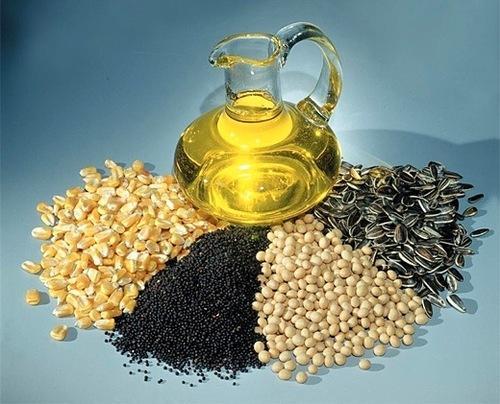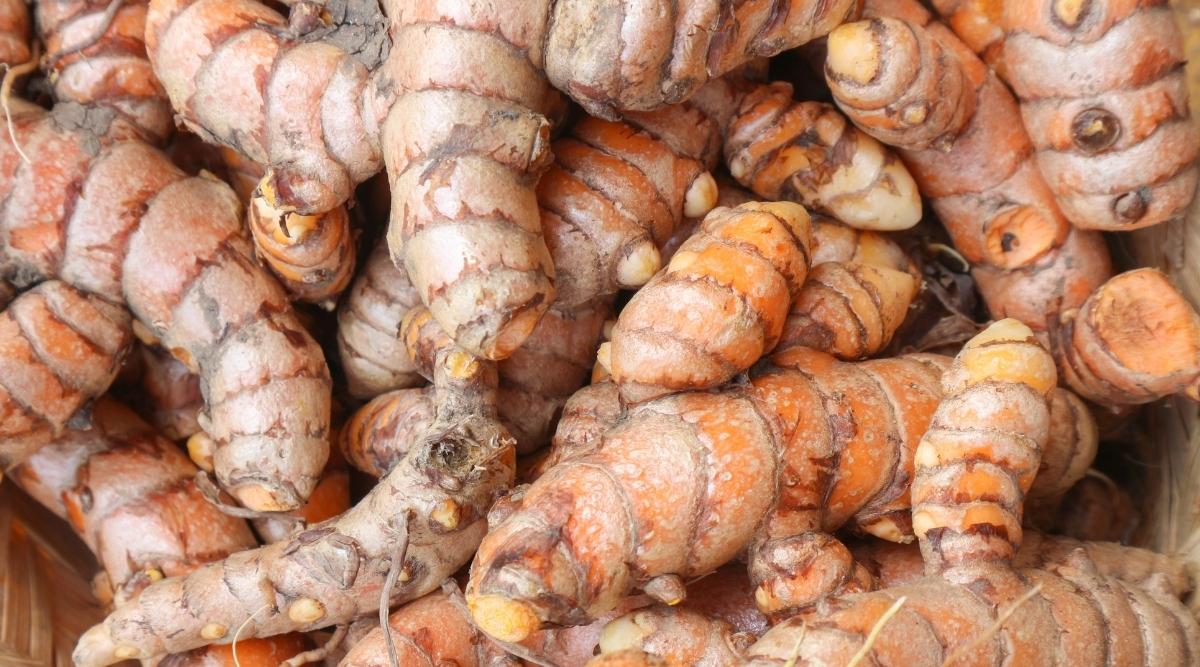The government may lift restrictions on rice exports due to a huge surplus of rice stocks and an expected ‘above normal’ monsoon. Last year’s below-normal rainfall affected rice output, but this year’s forecast of normal-to-excess rain could lead to a better output.
Retail rice prices rose by 12.69% on year in March. The inflation in rice prices has been in double digits since October 2020, but is expected to soften in the coming months due to a higher base effect. Despite a 7% fall in procurement, the Food Corporation of India (FCI) currently holds 53.19 million tonnes of rice stocks, which is close to four times the buffer for July 1.
India has been the world’s largest exporter of rice since 2012 with more than 40% share in annual global trade of 52-54 MT. India, the largest exporter of rice globally, had initially banned white rice exports and imposed a 20% shipment duty on parboiled rice to improve domestic supplies. The shipment of aromatic Basmati rice currently has a minimum export price of $950/tonne. In FY23, India exported a record 22 MT of rice to more than 100 countries and last fiscal, due to restrictions, the volume of exports dropped to around 16 MT.
The government is targeting to purchase 10 MT of rice in the rabi marketing season across four states. This will add to the 56.87 MT of rice purchased in the 2022-23 season. The FCI requires 40 MT of rice annually for Pradhan Mantri Garib Kalyana Anna Yojana.

